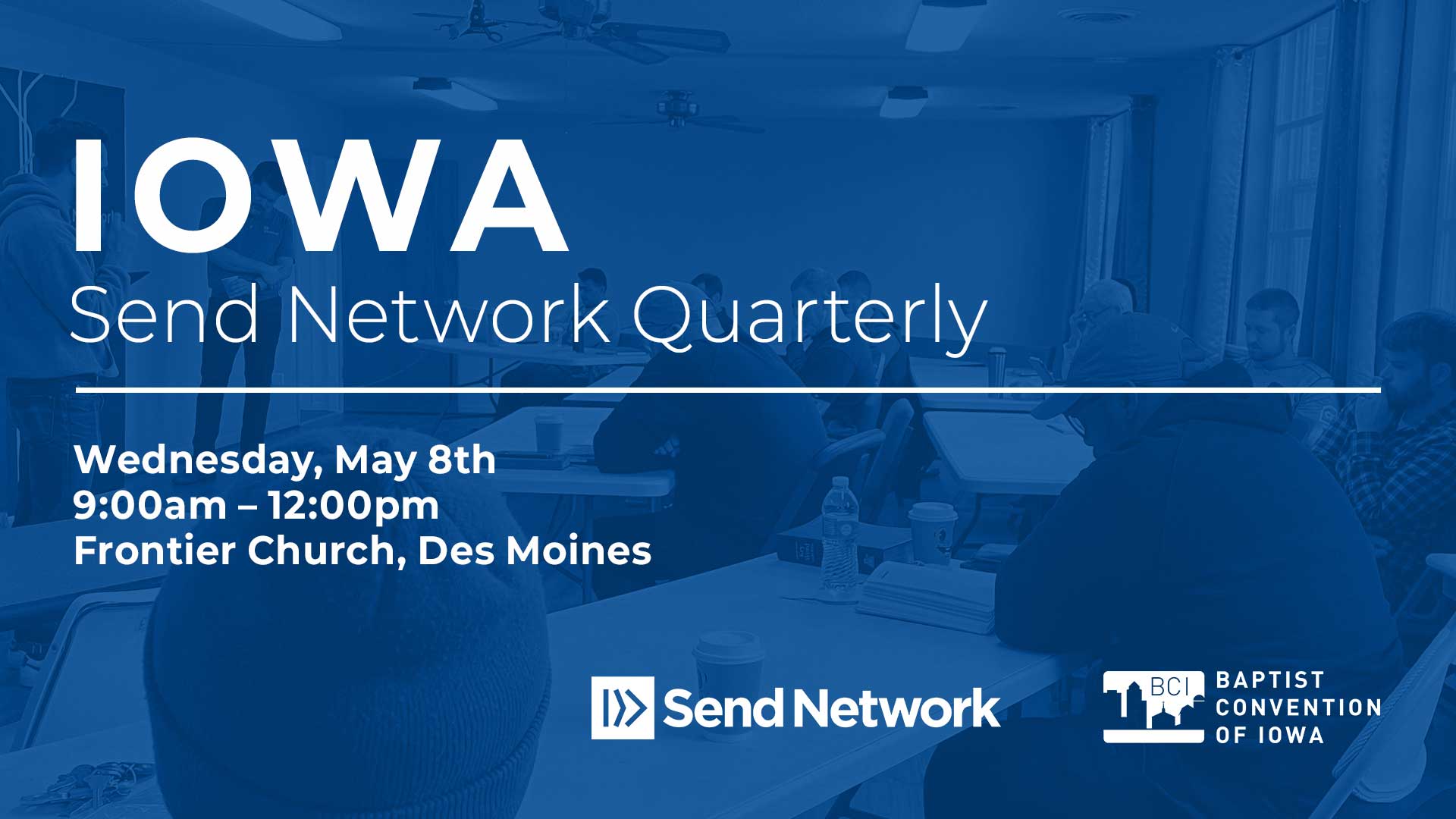By Beverly Cooper
BRIDGE CREEK, Okla. — Oklahoma City meteorologists had been warning for several days that impending storms, likely packing tornadoes, would strike Wednesday, May 6. Area residents know to take these predictions seriously as local forecasters are very good at predicting the quickly-changing weather of Oklahoma. Lana and Jimmy Robinson in Bridge Creek, a rural community just southwest of Oklahoma City, were no different.
Late that afternoon, Lana packed items to take into their underground shelter, should they have to flee—blankets, snacks, trash bags, toilet paper, flashlight, water, cat carrier and food for Hershey, her beloved cat. Rain began to fall and dark clouds swirled. When signal to their satellite dish was lost, they knew it was time to head to the shelter.
“As soon as we got in the cellar, locked the lid and let the cat out of the carrier, that’s when it hit. We just made it,” Lana says. “It started with hail. Jimmy peeked out, and said it looked like it was snowing. It started small and then got bigger. Then it stopped, and we thought it was over. We couldn’t call out on our phones, but we could text. We asked our son if it was over. He said, ‘No, it’s just now starting.’ Jimmy peeked out again, and said, “Oh my goodness, here it comes!” He slammed the lid shut, locked it and held onto it. And then it popped the lid to the cellar! That was scary! And then the pressure—our ears were just popping! And the noise, it was a roar! And the cat was just shaking! It was scary, it was really scary.”
Outside the shelter, the 136–165-mph winds of the EF3 shredded metal buildings, exposing travel trailers and sending them rolling over cars before slamming them into homes. Concrete tipped steel poles were ripped from the ground and hurled like javelins into living rooms and garages. Two-story homes became one-story as the tornado ripped them apart. Twisted metal, shingles, patio furniture, wheelbarrows and all manner of debris were propelled like missiles.
After the storm passed, Jimmy and Lana tried to get out of their shelter, but the roof of their utility shed was on top of them. Peeking out, Jimmy could see that they still had a house, though it was damaged, and their RV had been rolled over on its side. They called for help and were freed by a neighbor, who was checking on people. Later they learned the RV had been pushed 40 feet where it damaged their well pump and poured gasoline, oil and hydraulic fluid into the well, contaminating it. An inspection by the fire marshal revealed that the pump had also been struck by lightning.
“God had us protected,” Lana said.
The National Weather Center in Norman, Okla., says this particular tornado was a one-mile wide, EF3 that was on the ground from 4:33 p.m. until 5:26 p.m., cutting a 10-mile swath from Amber to 4 miles northeast of Bridge Creek. Adding insult to injury, the skies dumped a total of 7.35 inches of rain on the area from May 6–11. Flooding continues to be an issue.

Assessors, chaplains and workers at Incident Command in Tuttle, serving Tuttle, Amber, Bridge Creek, Newcastle and Blanchard.
The Baptist General Convention of Oklahoma Disaster Relief team has set up multiple incident command sites throughout the Oklahoma City area. Wes Johnson is the incident commander for the Amber, Bridge Creek, Newcastle, Tuttle and Blanchard area. Wes says they currently have 219 work orders for mud-out and chainsaw help. They have completed 98 of them. Working with the Red Cross and The Salvation Army, 13,000 meals have been served. So far, 788 ministry contacts have been made. Chaplains are available to offer comfort and to share the gospel. Cleanup and rebuilding will not happen overnight, but Oklahoma Baptist disaster relief will stay as long as they are needed, offering help, healing and hope.
The North American Mission Board coordinates and manages Southern Baptist responses to major disasters through partnerships with 42 state Baptist conventions, most of which have their own state disaster relief ministries.
Those wishing to donate to Southern Baptist Disaster Relief can contact the Baptist convention in their state or visit namb.net/disaster-relief-donations. For phone donations, call 1-866-407-NAMB (6262) or mail checks to NAMB, P.O. Box 116543, Atlanta, GA 30368-6543. Designate checks for “Disaster Relief.”
Southern Baptists have 65,000 trained volunteers—including chaplains—and 1,550 mobile units for feeding, chainsaw, mud-out, command, communication, child care, shower, laundry, water purification, repair/rebuild and power generation. SBDR is one of the three largest mobilizers of trained disaster relief volunteers in the United States, along with the American Red Cross and The Salvation Army. Discover more at baptistrelief.org.
Beverly Cooper writes for the North American Mission Board.









